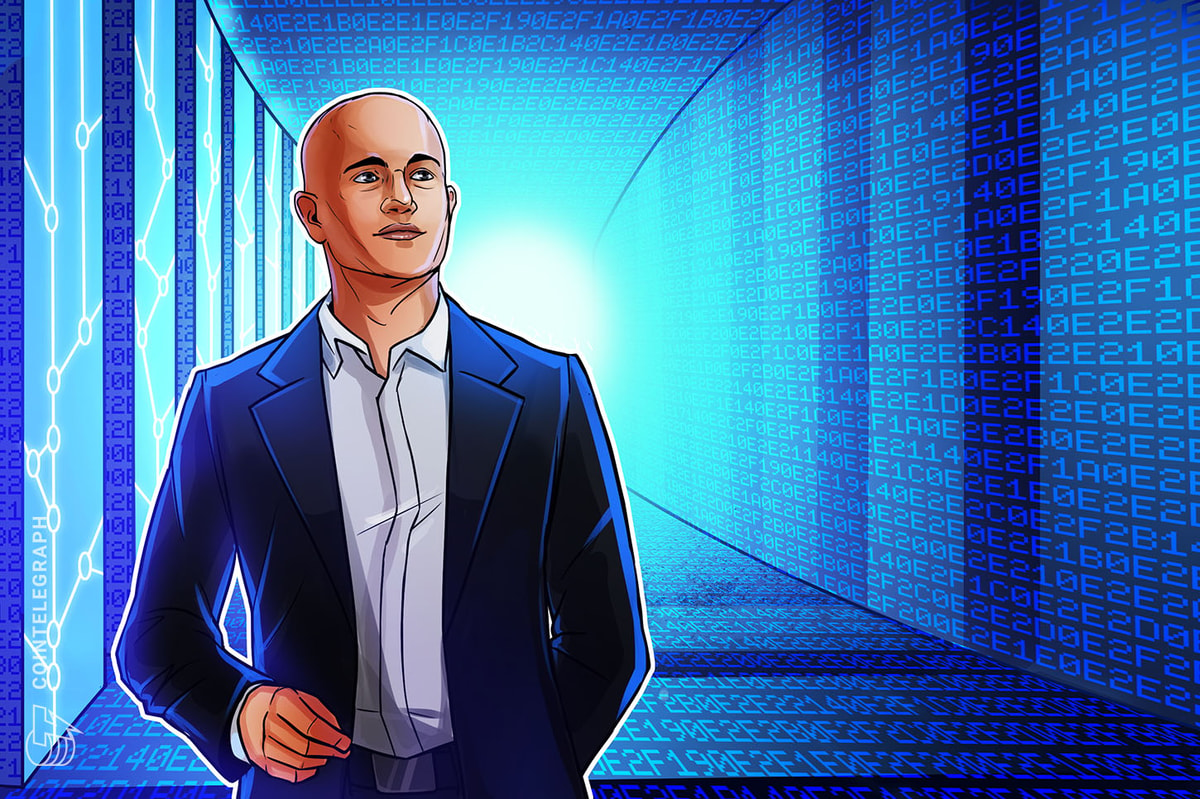Nobody took John F. Clauser’s quantum experiments seriously. 50 years later, he’s collecting a Nobel Prize.
4 min readOn Oct. 4, 80-year-old John F. Clauser woke up in his California home to the news that he had been awarded the Nobel Prize in physics. He will receive the prize at a ceremony in Stockholm, Sweden, on Dec. 10 together with Anton Zeilinger and Alain Aspect for their work on quantum entanglement.
It was a moment of celebration for Clauser, whose groundbreaking experiments with particles of light helped to prove key elements of quantum mechanics.
“Everybody wants to win a Nobel Prize,” Clauser said. “I’m very happy.”
But Clauser’s journey to winning the biggest prize in science was not always straightforward.
In the 1960s, Clauser was a graduate physics student at Columbia University. By chance, he found an article in the university library that would shape his career and lead him to pursue the experimental work that eventually earned him the Nobel Prize.
The article, written by Irish physicist John Stewart Bell and published in the journal Physics in 1964, considered whether quantum mechanics gave a complete description of reality or not. At the heart of the question was the phenomenon of quantum entanglement.
Quantum entanglement happens when two or more particles link up in a certain way, and no matter how far apart they are in space, their states remain linked.
For example, imagine particle A flying off in one direction and particle B in the other. If the two particles are entangled — which means that they share a joint quantum state — a measurement of particle A will immediately determine the measurement outcome of particle B. It doesn’t matter if the particles are a few feet or several light-years apart — their long-distance quantum affair is instantaneous.
This possibility was rejected by Albert Einstein and his colleagues in the 1930s. Instead, they argued that there exists an “element of reality” that is not accounted for in quantum mechanics.
In his 1964 article, Bell argued that it was possible to experimentally test whether quantum mechanics failed in describing such elements of reality. He called these unaccounted-for elements “hidden variables.”
In particular, Bell had local variables in mind. This means that they only affect the physical setup in their immediate vicinity. As Clauser explained, “If you put stuff locally in a box and make a measurement in another box very far away, the experimental parameter choices made in one box can’t affect the experimental results in the other box, and vice versa.”
Clauser decided to test Bell’s proposal. But when he wanted to do the experiment, his advisor urged him to reconsider.
“The hardest part initially was to get the opportunity,” Clauser recalled. “Everybody was telling me that it was not possible, why bother!”The quantum laboratory
In 1972, Clauser finally got a chance to test Bell’s proposal while in a postdoctoral position at Lawrence Berkeley National Laboratory in California. He joined forces with doctoral student Stuart Freedman. Together they set up a laboratory filled with optical equipment.
“Nobody had done this before,” Clauser said. “We didn’t have any money to do anything. We had to build everything from scratch. I got my hands dirty, I got immersed in cutting oil, there were lots of wires and I built lots of electronics.”
Clauser and Freedman managed to create entangled photons by manipulating calcium atoms. The particles of light, or photons, flew into polarizing filters that Clauser and Freedman could rotate relative to each other.
Quantum mechanics predicted that a higher amount of photons would simultaneously pass the filters than would be the case if the photons’ polarization was determined by local and hidden variables.
Clauser’s and Freedman’s experiment showed that the predictions of quantum mechanics were correct. “We consider these results to be strong evidence against local hidden-variable theories,” they wrote in 1972 in Physical Review Letters (opens in new tab) .A difficult start
Clauser’s and Freedman’s results were confirmed in further experiments by Alain Aspect and Anton Zeilinger.
“My work was in the 70s, Aspect’s was in the 80s, Zeilinger’s was in the 90s,” Clauser said. “We worked sequentially in improving the field.”
But the impact of Clauser’s groundbreaking experiment was not recognized immediately.
“Things were difficult,” Clauser recalled. “Everybody said: ‘Nice experiment, but maybe you want to go out and measure some numbers and stop wasting time and money and instead start doing some real physics.'”
It took 50 years until Clauser was awarded with the Nobel Prize for his experimental work. His colleague, Stuart Freedman, died in 2012.
“My associates are long-time dead,” Clauser said. “My claim to fame is that I’ve lived long enough.”
When asked if he has any advice to young researchers in view of his own initial difficulty, Clauser said: “If you prove something that everybody thinks is true, and you’re the first one to do it, you probably will not be recognized for 50 years. That’s the bad news. The good news is that I had a lot of fun doing this work.”Quantum reflections
Clauser’s and Freedman’s experiment paved the way for elaborate technologies that use quantum entanglement, such as quantum computers and cryptographic protocols.RELATED STORIES—Wormhole simulated in quantum computer could bolster theory that the universe is a hologram
—Lab-grown black hole may prove Stephen Hawking’s most challenging theory right
—12 stunning quantum physics experiments
When asked if he thinks quantum mechanics is a complete theory, Clauser answered: “I suspect there is a more fundamental theory below it, but that’s purely conjecture. I don’t know what it is. I confess also that I’m totally confused, I have no idea what all of this means.”
John F. Clauser’s quotes have previously been published in an interview that the author made for the Swedish magazine Forskning och Framsteg.






